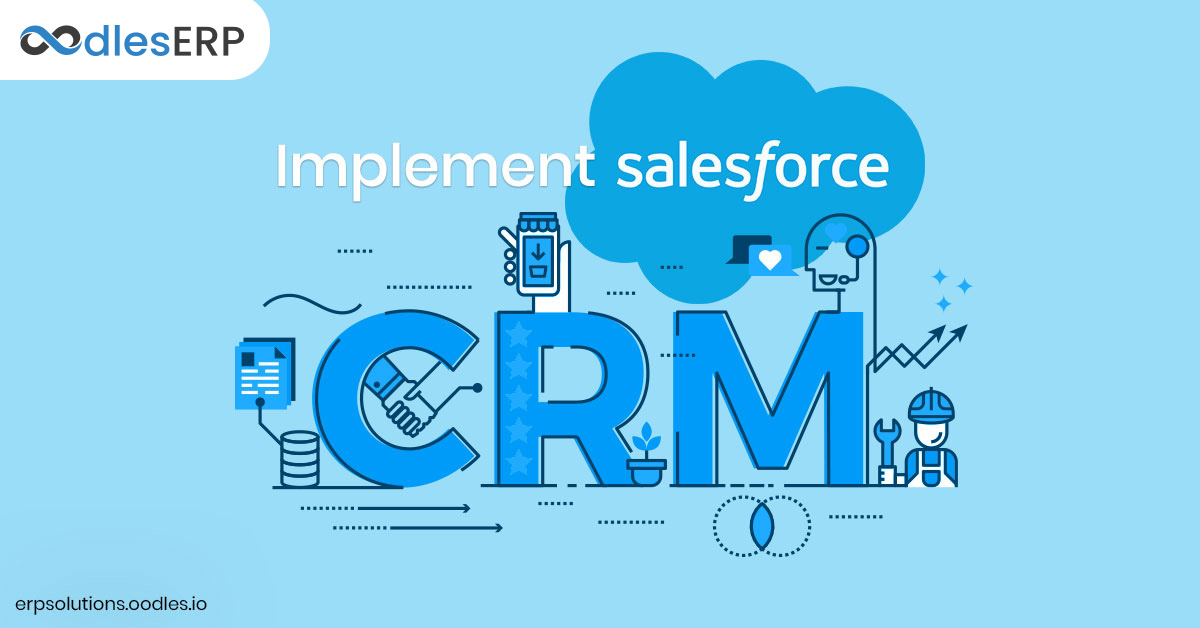Implementation Of Salesforce CRM: An Overview
Good sales are produced by a Good team. And a good team does it with a help of a good tool. Certainly, a great CRM tool is very essential in a company for sales growth. What could be a better choice than a Salesforce CRM? Salesforce CRM is a game changer in the field of sales and marketing that gives you useful Customer insights and helps you to increase lead generation. It is equally paramount to make a well-planned strategy to implement Salesforce CRM in your business for yielding its numerous benefits.
Here are the 5 important steps to implement Salesforce CRM successfully:
1. Be clear about your goals
Before implementing Salesforce CRM, define your goals and objectives you are focusing on to achieve after the implementation is done. What outcome you will receive and what it is going to improve? Keep documentation about the things you want to achieve through implementation and how much time it will take. Last, make a plan for how you are going to achieve it.

2. Train your team
Explain your team which is going to work on Salesforce about everything about a Salesforce platform and makes them understand how it is going to help them in sales. You also need to devote time to give your sales and customer service teams a high-quality training to ensure your teams make better use of Salesforce and produce good outcomes.
3. Keep Integrations in Mind
In the CRM implementation process, you will need to integrate your legacy software systems. These integrations with other systems smoothen the operations of a business and allow you to work collaboratively. So, it is necessary to integrate CRM with other systems to gain maximum benefits. Integrating Salesforce CRM with other ERP systems brings more sales.
Salesforce CRM needs to communicate with other systems while you manage your e-commerce, retail, manufacturing businesses. You need to have all the information about your legacy systems that you use.
Also Read: Boost Your Business With Salesforce Services
4. Implement Salesforce CRM
When you are done fixing your requirements, it’s time to deploy Salesforce CRM. Take the Salesforce CRM product and start with its set up process and customization. After that, you need to create and add a user. Afterward, load the data to kick-start the work process. Once the deployment process is finished, check if all account settings are implemented properly including users training and support.
5. Prepare and Transfer data
Before transferring data, make sure you are ready with the right data. Prepare your data and make it free from errors and keep it up to date.
After that, choose the data you want to send to new Salesforce CRM software. Firstly, carry a small quantity of data and make sure if all the fields are open. After you are done examining all these data, import all the remaining data. And now it is time to switch between existing platform to Salesforce CRM.








